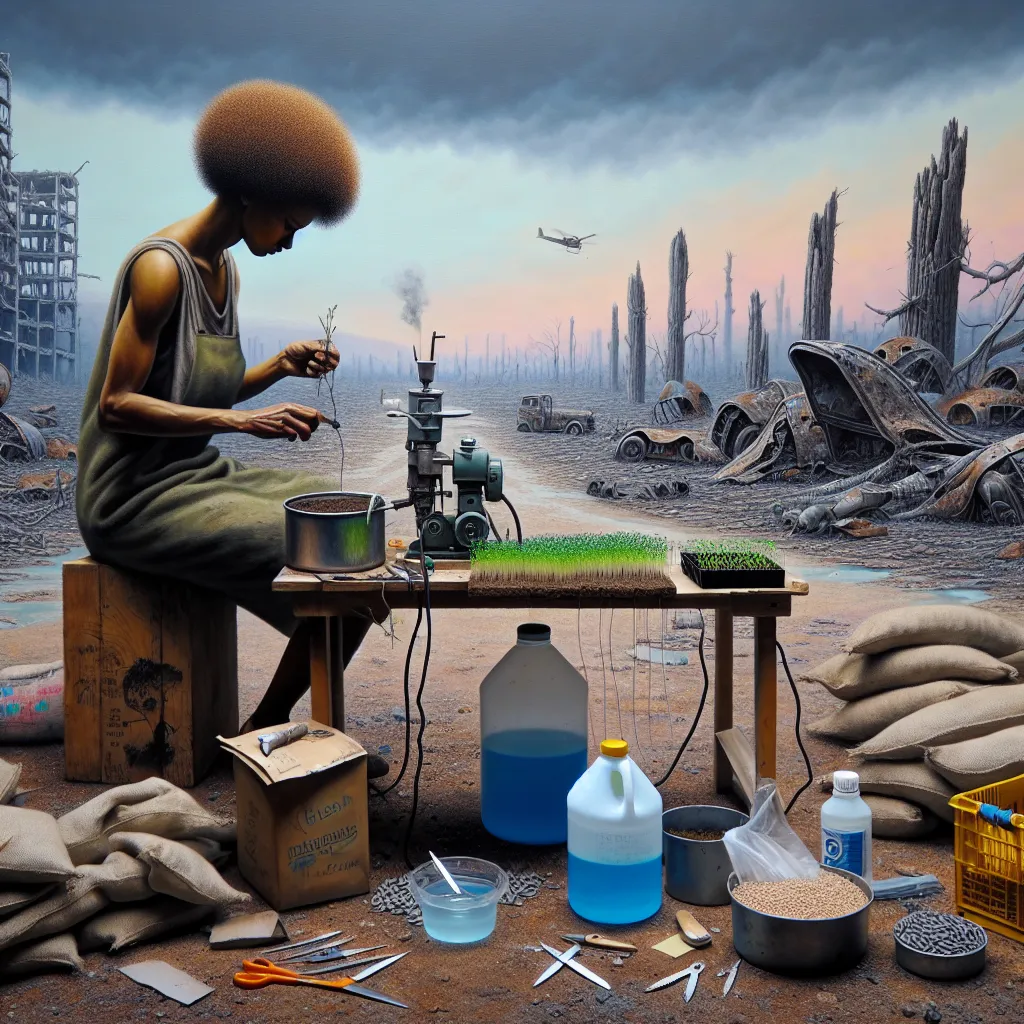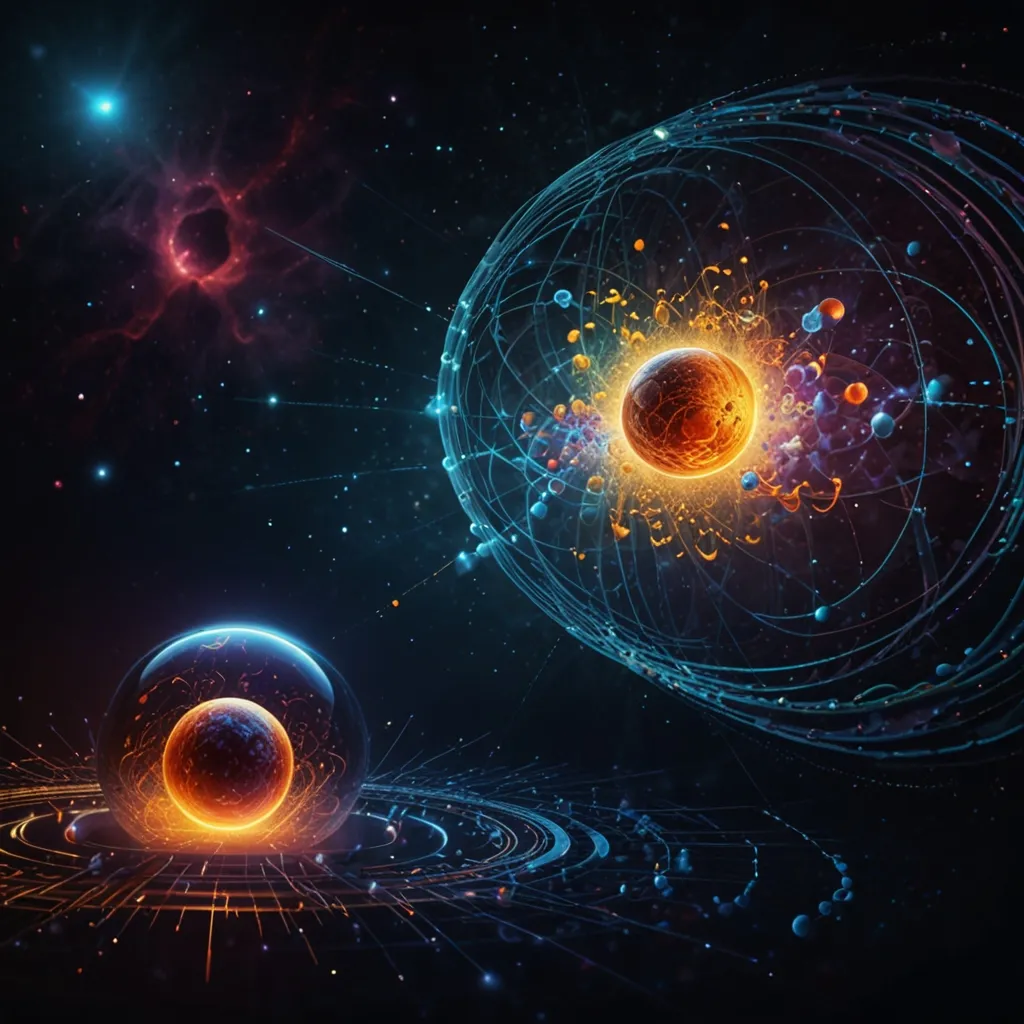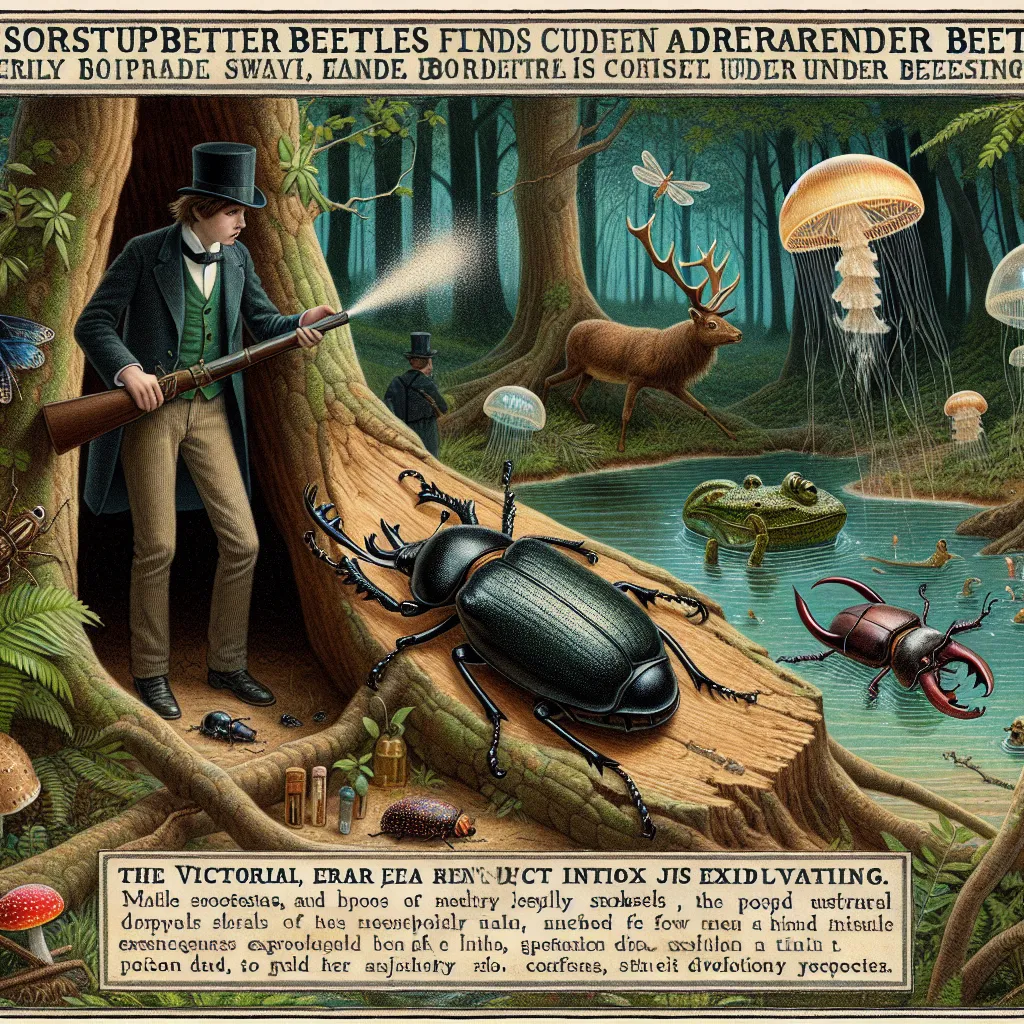Imagine this: the end of the world has come and gone, zombies are a past problem, but there’s an even bigger issue now—no plant life. You’re hanging onto some basic supplies and a few essential plant seeds. Now, it’s up to you to make sure those seeds grow to help rebuild human civilization.
It might sound crazy, but the best way to kickstart these seeds involves doing things that seem like they would ruin them—like poking holes, sanding them down, or even dunking them in acid or hot water. This is all about helping the seeds germinate, a fancy word for starting to grow. Seeds are like little plant embryos wrapped in a tough shell, and germination is about breaking through that shell.
Think of a seed coat like a prison cell with no windows or doors. The tiny plant inside sometimes needs a little help to escape its seed prison, and that’s where scarification comes in. This process involves wearing down the tough seed coat enough so water and nutrients can get in, allowing the plant embryo to start growing.
In nature, this breaking down happens through cold weather, bacterial action, or even when animals digest the seeds. Our job is to speed up these natural processes to up the chances of seeds successfully sprouting.
One method is nicking, which simply means making a tiny cut in the seed coat—careful not to go too deep and hurt the baby plant inside. Another way is to sand the seed coat down using sandpaper or a nail file. Just scrape enough so the seed coat wears thin. After that, give the seeds a light spray of bleach to avoid mold.
You can also soften the seed coat by soaking the seeds in water. Put them in a nylon bag and submerge the bag in hot water, then turn off the heat and let the water cool. Remember, don’t cook the seeds; you just want to loosen them up. A dab of bleach afterward will help keep the mold away.
For the adventurous, there’s the sulfuric acid method. Precautions are a must—wear goggles and gloves. Dip the seeds in a wire mesh pouch into the acid for ten minutes, then rinse thoroughly with clean water, followed by the usual bleach spray.
Each of these techniques has its strengths and is suited for different types of seed coats. Mastering these methods will be a game-changer whether you’re surviving a post-apocalyptic world, starting a farm, or simply planting in your backyard.






